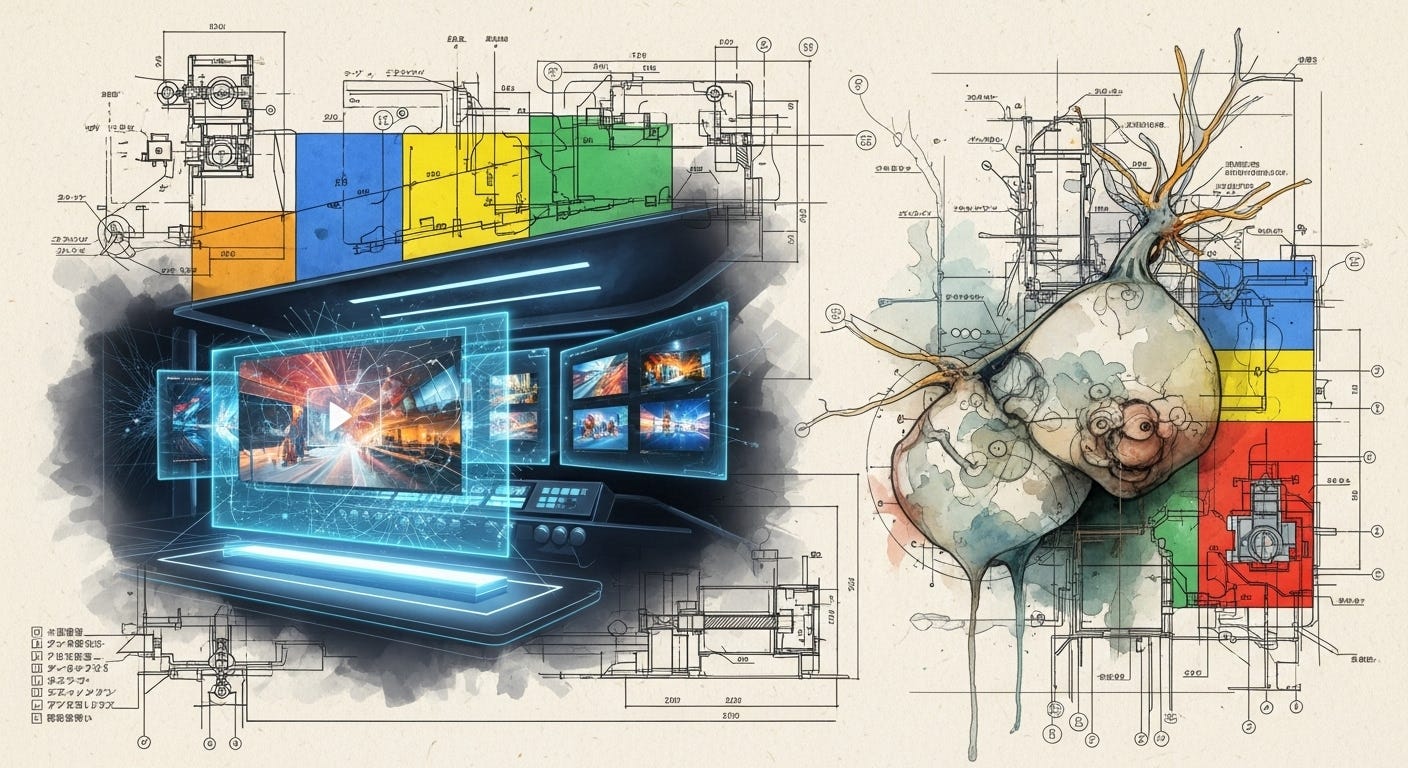Why ByteDance's $0.07 AI Video Generation Is Actually a Trillion-Dollar Data Trap
The race to zero on video generation is a feature, not a bug. Here's how to play the real game that everyone is missing.
The most disruptive price point in AI video generation right now isn't a closely guarded enterprise secret. It’s a public boast. Just days ago, API provider Runware announced it was offering access to ByteDance’s powerful Seedance 1.0 Pro model for just $0.07 for a 5-second clip.
This isn't just a new low price; it's a strategic paradox. On one hand, See…
Keep reading with a 7-day free trial
Subscribe to Tide Prompt to keep reading this post and get 7 days of free access to the full post archives.


